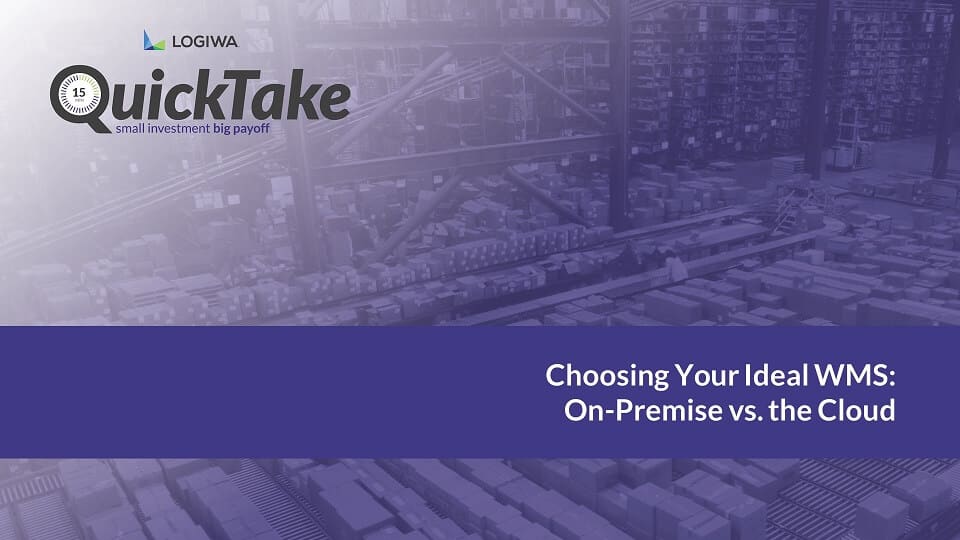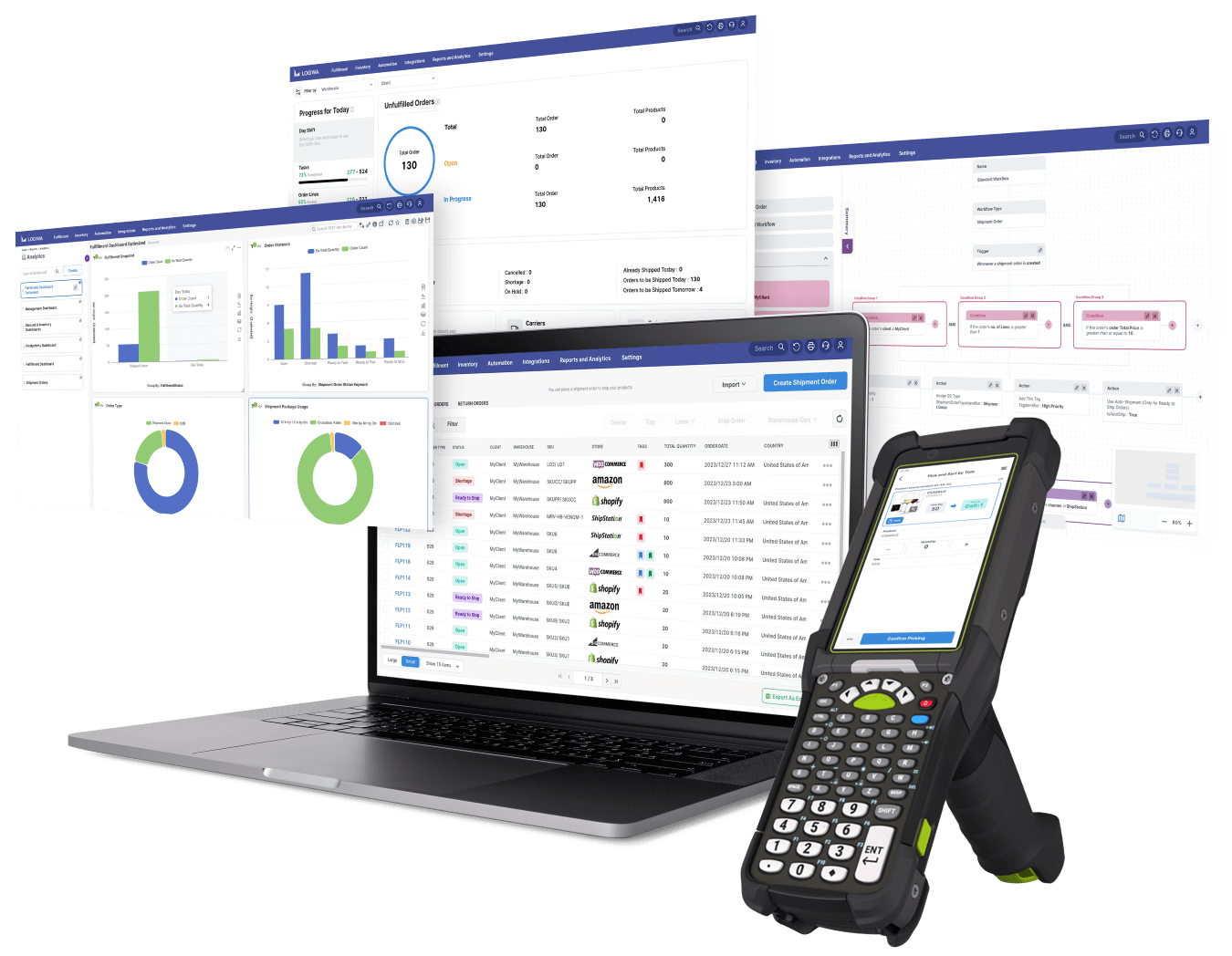QuickTake Webinar
Choosing Your Ideal WMS: On-Premise vs. the Cloud
When it comes to evaluating what type of WMS solution is right for your operations, it’s critical that you consider the potential pros and cons of each phase of implementation, as well as each phase of your future operations. Both offer pathways to better fulfillment operations, but choosing wrong could jeopardize operational success, as well as customer satisfaction.
In this QuickTake, our fulfillment and warehouse logistics specialist, Jamie Bobka, PMP, PMI-ACP, CSPO, talked through some of the primary considerations one must make when choosing the right WMS: from setup and go-live, through ongoing maintenance.
Please complete this form to view the video:
Choosing Your Ideal WMS: On-Premise vs. the Cloud

When fulfillment operations reach a certain size and complexity, more efficient picking and packing methods need to be employed. Put Walls can be a key element in the creation of a more efficient approach to order fulfillment and help you scale your operations.
In this webinar, we’ll discuss:
- What Put Walls are and how they interact with other technology
- The impact of Put Walls on labor efficiency and order accuracy
- Key considerations when setting up your Put Wall infrastructure

